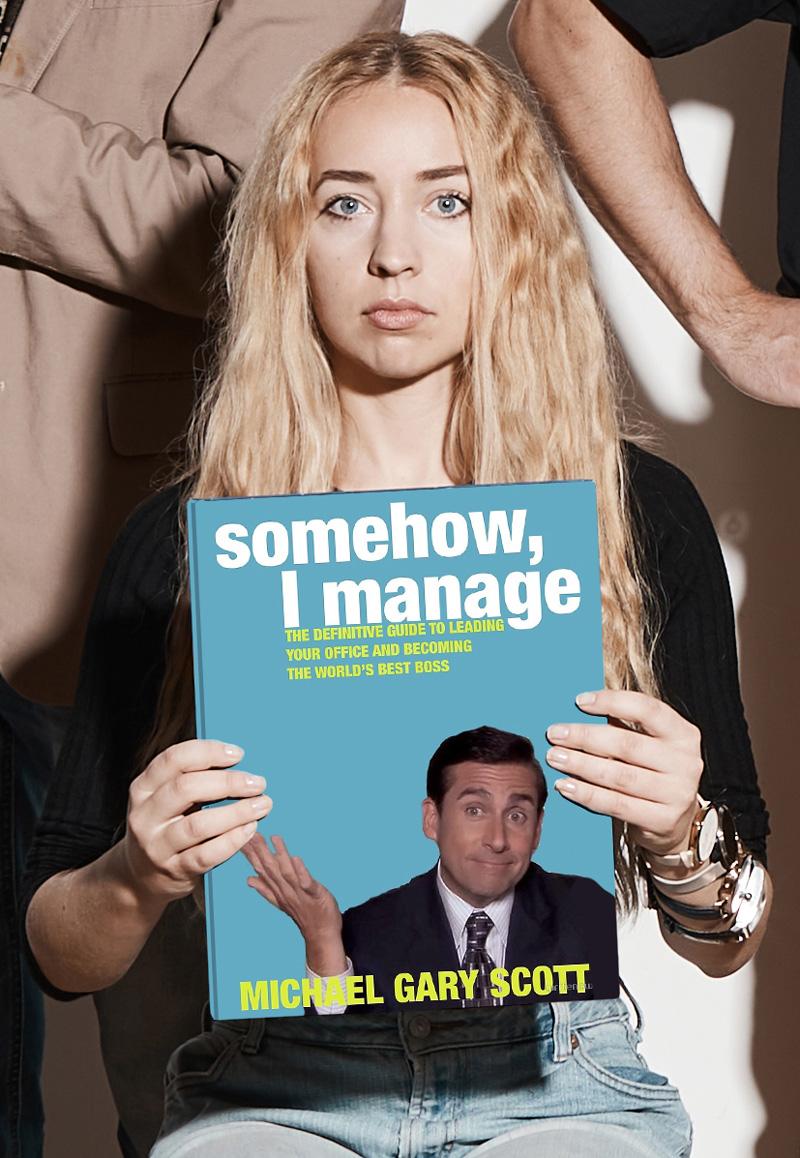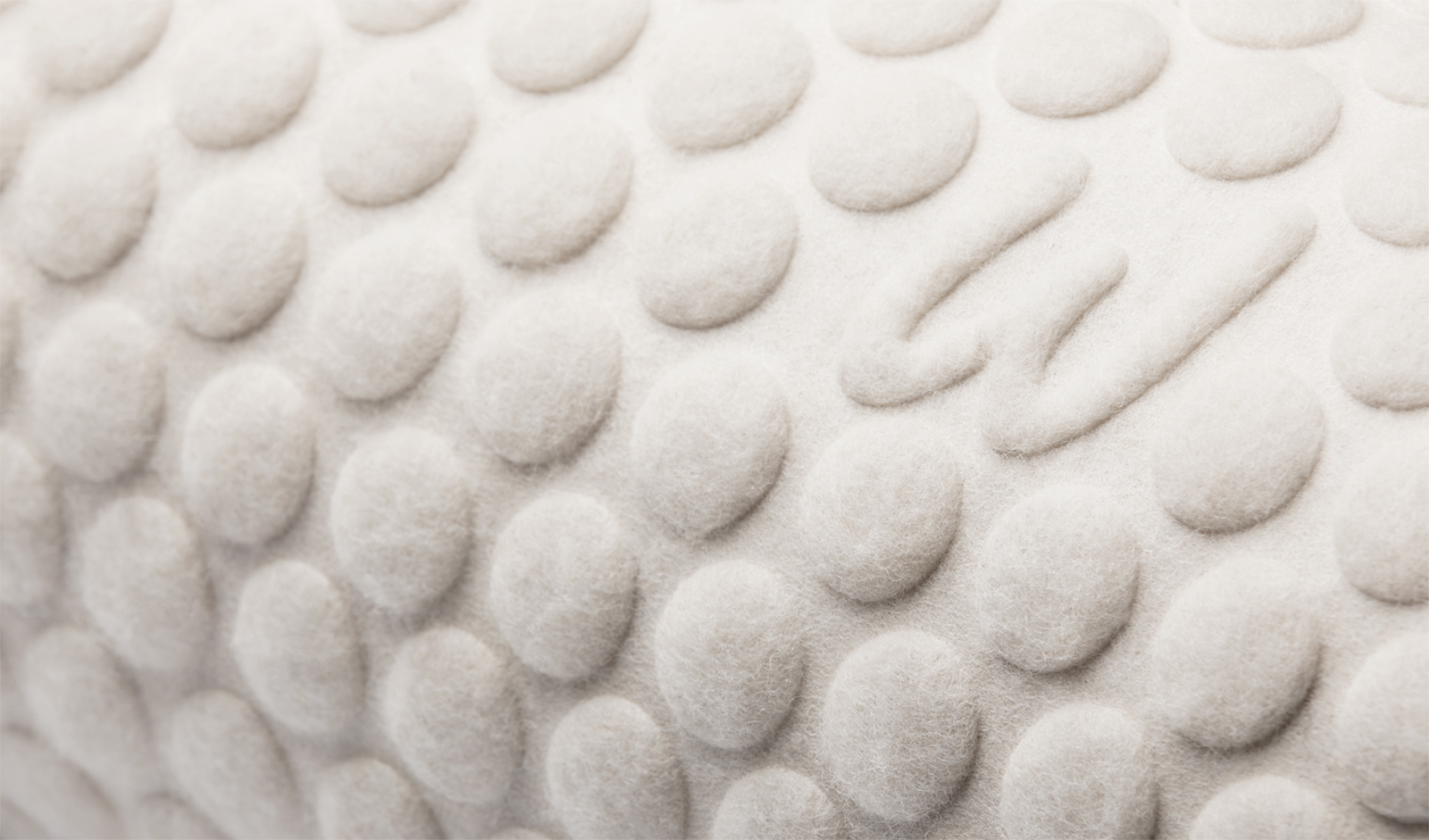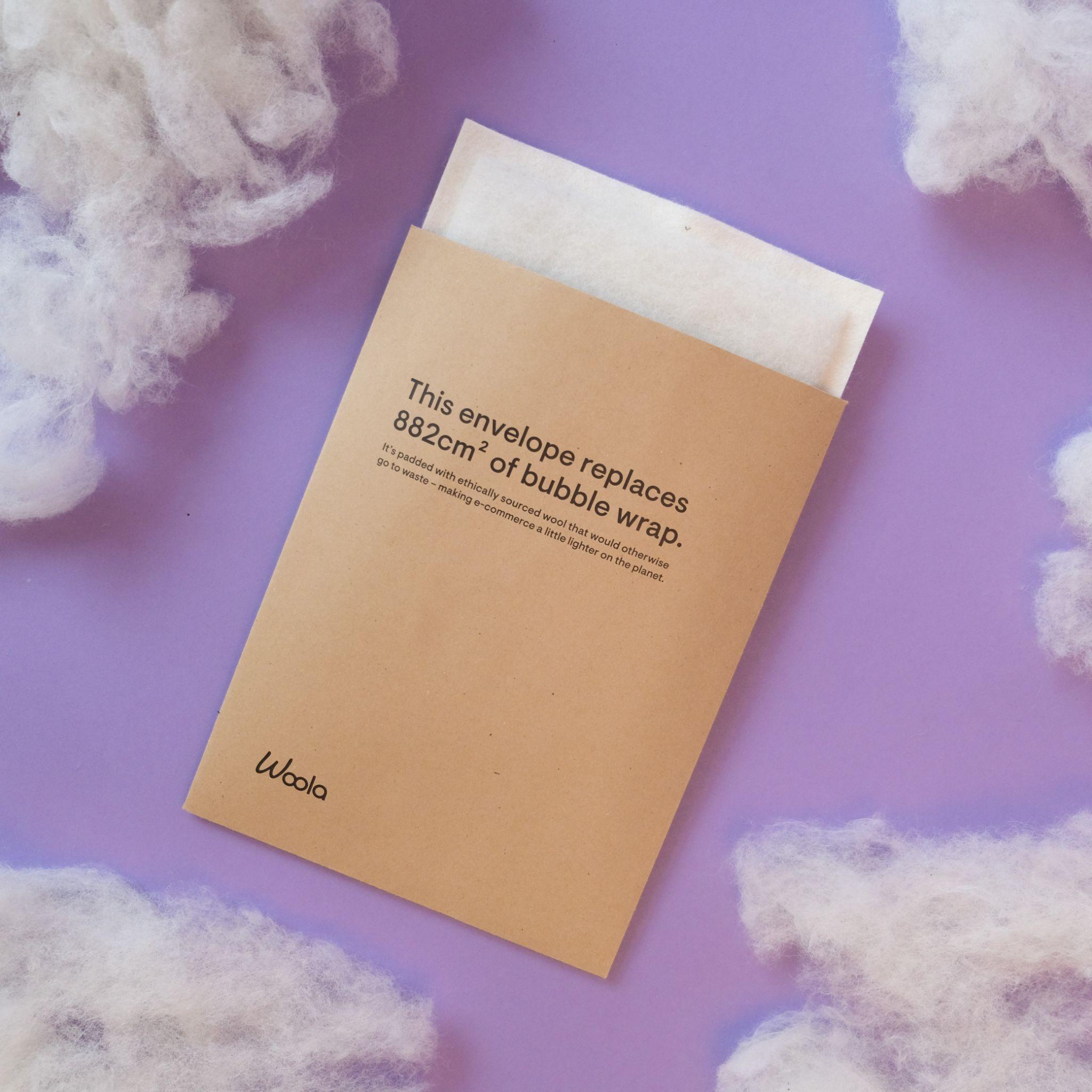Is Wool-Waste Art Packaging the Sustainable Way Forward?


We have all heard of the ills of fossil fuels and petroleum based products—the art world is especially villainous with our wasteful packaging practices. If you want to consume sustainably packaging is an area where it is difficult not to cut corners. Every year, 63 billion packages are shipped in bubble wrap; bubble wrap and other plastics protect most of the products we buy. Estonian based company Woola has invented reusable and eco-friendly packaging made out of local waste wool and are trying to change the industry from within.
Woola’s CEO Anna-Liisa Palatu, a former retail shipping professional, was appalled by the amount of packaging used in her industry. When she found out that 200,000 tons of wool was left over from European wool production each year she put two and two together and co-founded Woola. Founding her company in Talinn alongside industry leading start-ups such as Skype, Bolt, Pipedrive, Wise, Veriff gave her the confidence to see that Woola could help end plastics.
With manufacturing located in Estonia, Woola mainly focuses on Europe. They source all of their wool locally from Estonian farmers. As they expand globally in the future, their aim is to continue to work with local manufacturing units. We sat down with Palatu to talk about the baas and benefits of bubble-wool and how her product can make unboxinw more pleasant for art collectors.

Anna Mikaela Ekstrand: How are you aiming to change retail/art shipping and transport?
Anna-Liisa Palatu: Woola is an alternative to plastic packaging. Our goal is to make fossil fuels redundant. They are the single biggest cause of climate change. And plastic bubble wrap is made from fossil fuels. In fact, every year, 63 billion packages are shipped in bubble wrap. Our goal is to halve that number by 2030 by producing a functional alternative that is free from fossil fuels.
Although this is a very ambitious goal, we have no choice if we want to keep our planet liveable. This does not necessarily mean that Woola will dominate the bubble wrap market by 2030. However, we need to create a movement that forces companies to start using sustainable alternatives to bubble wrap, be it Woola packaging or something else.
Why wool?
I happened to read an article by the sheep wool expert and textile designer Katrin Kabun. In the article, Kabun explained how sheep wool is a truly wonderful material. It’s durable, elastic, protects against extreme temperatures, and naturally regenerative. At the same time about 200,000 tons of it is left over in Europe every year, and such waste wool is often buried or even burned.
I got in touch with Kabun and not much later, the three of us founded Woola to create postal packages from waste wool as a sustainable alternative to bubble wrap.
How do you advocate for Woola, for example, which organizations are you part of?
We invest our time where we can see the biggest potential impact – most of our time goes into our own product development, communicating to stakeholders, and learning about sustainable supply chains. We gather our learnings on our product and brand and this is the main way we advocate for Woola. We are also part of Cleantech Associations Europe and involved in e-commerce unions, such as the Swedish ecommerce union Svensk Digital Handel.
In a world that is globalized how do we work towards more sustainability. Do we try to aim for more local sourcing or find ways to transport across boarders more sustainably. How do we find balance?
Inventing and implementing sustainable solutions is important both in local sourcing and transportation across borders. It is clear that more needs to be done in both directions, as the globalized world cannot live without either.

How did you engineer the materials you use? Who have you worked with to tailor the bubble-wool for transport of art and design.
Woola’s product development has its roots in research. Woola’s cofounder Kabun’s background is at the Estonian Academy of Arts, where she is working on her Doctoral thesis on sheep wool as a valuable renewable resource in product design.
While research forms the foundation of our product engineering, we owe our success to our work ethic. Our motto is “sometimes lose, always win,” which means try, fail and try again. Our experience has shown that drawings on paper differ greatly from the results in real life.
We have reached today’s product through repeated testing, learning and trying again.
When you approach new clients what surprises them the most?
Most people have no idea how much wool goes to waste globally. The shocking figures surprise our customers the most – it’s typically anywhere from 40-90% of all wool production in European countries. It’s a true revelation that we’re throwing away so much of the wonderful material that can be so much more.

How can galleries, collectors and others who ship art around the world do better?
Plastic bubble wrap is still the main protective material used for shipping art. There aren’t many great sustainable alternatives to bubble wrap yet, but there are some innovations coming out of the paper industry and then there are of course companies breaking new ground with materials like wool or mushroom packaging.
Considering the value of art, I am baffled that most galleries and collectors haven’t adopted more innovative packaging materials yet. It shouldn’t be a question of cost given the value of the items–and the fact that even new innovations in protective packaging are still affordable. Perhaps anyone shipping art around the world should consider the packaging as a part of the whole experience of the art–just as ecommerce businesses win customers’ hearts and loyalty with impressive “un-boxing” experiences. And there’s hardly anything delightful about unboxing plastic bubble wrap.
How big are your operations currently?
We have a team of about 15 people spread across Europe – including our manufacturing unit in Paldiski, Estonia.
Has being Estonian impacted the way you approach sustainability?
We have certainly drawn a lot of inspiration from the ecosystem that surrounds us – mainly from the mindset. Growing up in Estonia, we witnessed the “start-up story” of a country that went from having nothing in the 1990s to becoming one of the most entrepreneurial and fifth least corrupt countries in the world (right after Norway, Finland, Sweden and Denmark in 2022).
Scandinavia has been a role model for Estonia throughout the last decades, showing the way in striving towards sustainability and fairness. But our belief in being able to change the world mainly came from Estonian entrepreneurs. We saw the success stories of Skype, Bolt, Pipedrive, Wise, Veriff – all companies founded in Tallinn. Seeing them make it gave us confidence that we can also solve huge problems, such as ending plastic.
Woola is offering free samples of bubble-wool to galleries and artists. Email them to find out more! A version of this article was also published in Gritdaily.
You Might Also LIke
Galleries Commit Envisions a Greener Future for the New York Art Scene
Artists Discuss Sustainability and Eco-Activism at MOCA Los Angeles
What's Your Reaction?
Anna Mikaela Ekstrand is editor-in-chief and founder of Cultbytes. She mediates art through writing, curating, and lecturing. Her latest books are Assuming Asymmetries: Conversations on Curating Public Art Projects of the 1980s and 1990s and Curating Beyond the Mainstream. Send your inquiries, tips, and pitches to info@cultbytes.com.

